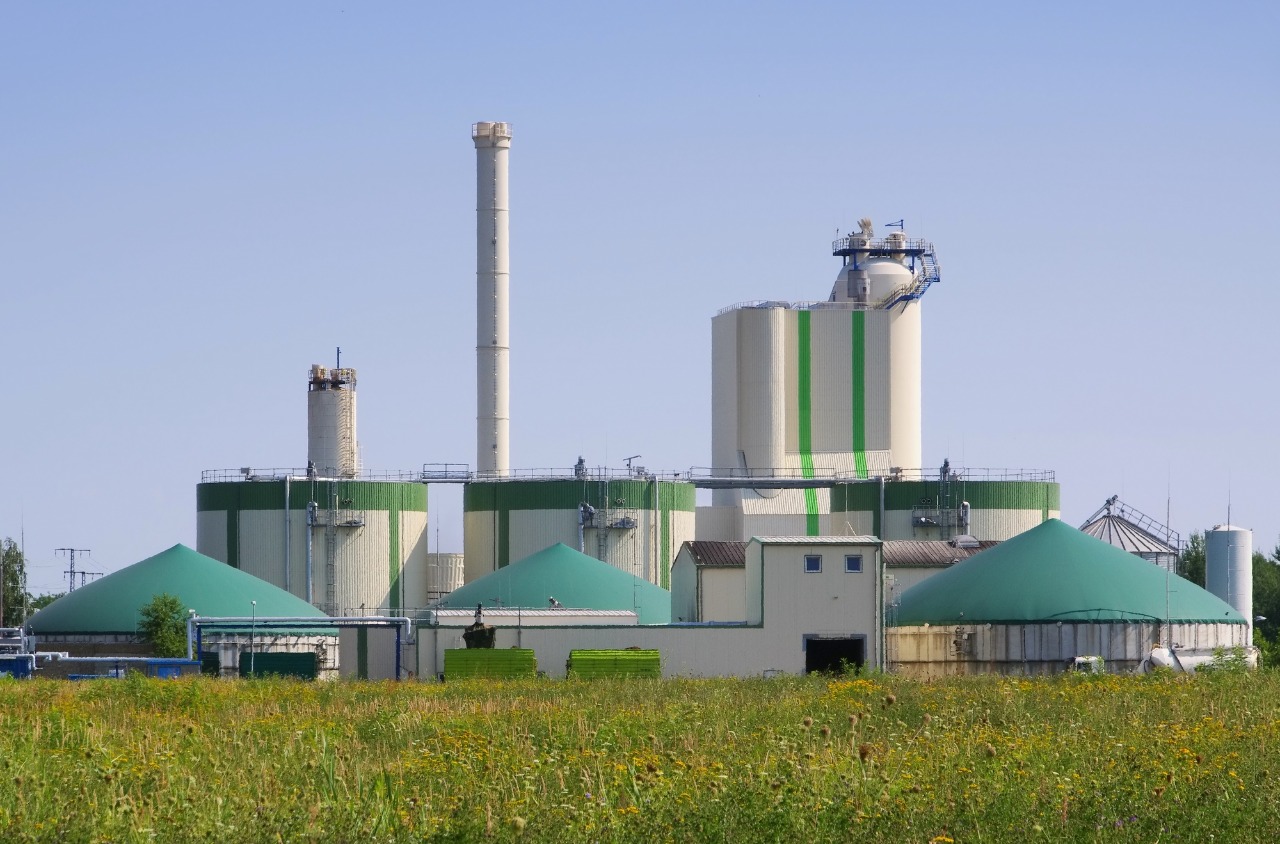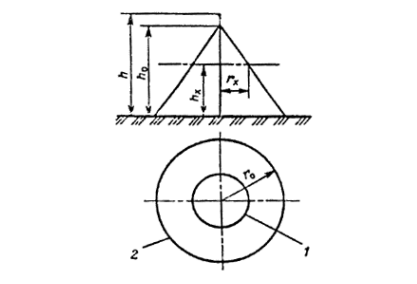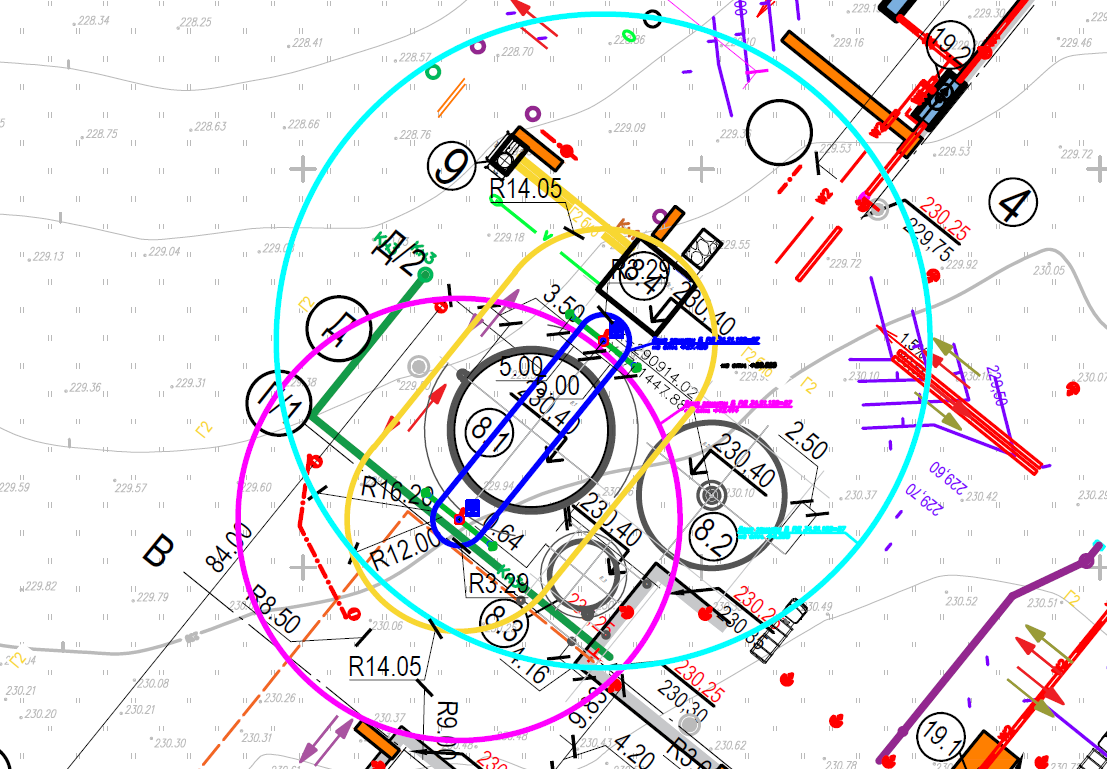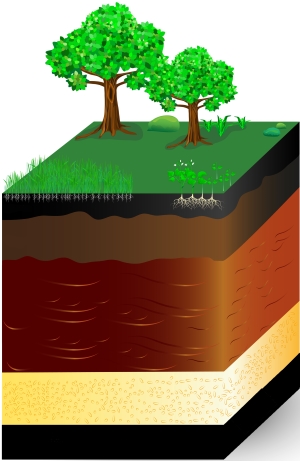Waste disposal is one of agroindustrial problems. A solution is the use of the waste for biogas production. Thus, for instance, at the French fries making plant, much slag is produced which is used as a raw material for a biogas plant. Biogas is used as a fuel for electricity and heat production and is harmless for the environment.

Recently, the ZANDZ Technical Center has performed a calculation of a lightning protection system for a potato products making plant. The facility's feature was a biogas plant.
The task: is to simultaneously protect the highest point of an anaerobic reactor and other lower located facilities nearby: a reservoir for storing by-products, a building for biogas production, and a primary settler.
Solution
The activities are made in accordance with the Electrical Installations Code (EIC), Rev. 7, Chapter 1.7, SO 153-34.21.122-2003 Guidelines for Lightning Protection of Buildings, Structures, and Industrial Utilities (hereinafter referred to as SO), and RD 34.21.122-87 Guidelines for Lightning Protection of Buildings and Structures (hereinafter referred to as RD).
The protected facility is classified as Category 3 according to RD and as a special facility being hazardous for its immediate environment according to SO.
RD: Buildings and structures classified as Category III in terms of lightning protection should be protected from direct lightning strikes and high potential penetration through above-ground (overhead) metallic infrastructure. External installations classified as Category III in terms of lightning protection should be protected from direct lightning strikes.
Due to the fact that reactor walls are lower than its top, the lightning rods installed on the wall cannot be used (they are too high and their structure is too large). As a result, two 32 m standalone lightning rods were proposed to use for the reactor, as well as other lower facilities which happened to be within their protection zones.
Protection of structures against lightning discharges is provided by lightning arresters. Lightning arrester is a device that is elevated over the protected facility through which the lightning current goes into the ground bypassing the protected facility. It consists of a lightning rod that accepts the lightning discharge directly, a current collector, and a grounding electrode.
The set of arrangements ensuring compliance with the lightning protection requirements is based on the following solutions:
- 2 x 32 m standalone interception rods are installed.
The lightning rods generate protection zone B according to RD as shown in the drawing.
To calculate the zone B size at the ground level and at certain heights above the ground, the following formula is used:
h = (rx + 1,63hx)/1,5.

Protection zone of a single lightning arrester:
I is the protection zone boundary at the hx level, 2 is the same at the ground level.
According to RD, item 2.26, a grounding device is installed for each lightning rod in the form of:
- laying a horizontal grounding electrode for current spreading in two directions with an angle of 180 degrees between them. Length of each grounding electrode is 5 m. A grounding electrode is made of a corrosion-resistant steel copper-plated strip with a cross-section of 4 x 30 mm (GL-11075), the laying depth is 0.5 m.
- At the end of a horizontal grounding electrode, one vertical electrode with the length of 3 m is installed in each direction.
- vertical and horizontal electrodes, as well as horizontal electrodes with the interception rod are connected using clamps ZZ-005-064.

Lightning protection zones for the plant
Table 1. List of required materials for each reservoir
|
№ |
Fig. |
Part number |
Product |
Quantity |
|
Lightning protection system |
||||
|
1 |
|
ZZ-201-032-В2-Сн3-С6 |
|
2 |
|
Заземляющее устройство |
||||
|
2 |
|
ZZ-005-064 |
8 |
|
|
3 |
|
GL-11075-10 |
GALMAR Copper-plated strip (30x4 mm/S 120 mm²; 10-meter strip bundle) |
2 |
|
4 |
|
ZZ-001-065 |
8 |
|
|
5 |
|
ZZ-002-061 |
5 |
|
|
6 |
|
ZZ-003-061 |
4 |
|
|
7 |
|
ZZ-004-060 |
2 |
|
|
8 |
|
ZZ-006-000 |
1 |
|
|
9 |
|
ZZ-007-030 |
2 |
|
|
10 |
|
ZZ-008-000 |
1 |
|
Do you have any questions about lightning protection for the cadet school or other facilities? Please, contact the ZANDZ Technical Center!
Related Articles:












